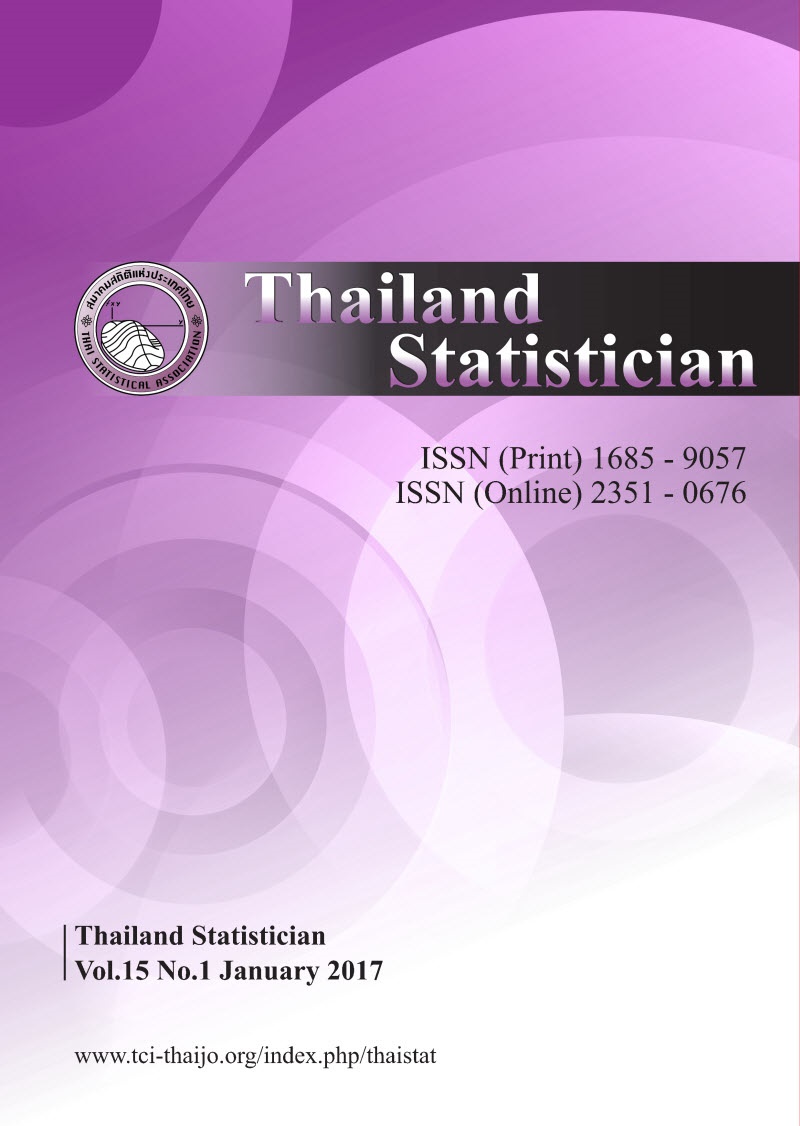Estimation of Proportion of a Finite Population
Keywords:
finite population, maximum likelihood estimation, proportion, simple random sampling, statistics educationAbstract
This paper discusses and presents maximum likelihood estimators of proportion for finite population as an alternative to the standard estimator. The properties of the obtained random sample under simple random sampling are investigated. The likelihood functions for both with and without replacement sampling schemes are constructed and the Maximum Likelihood estimators for proportion are derived. The properties of estimators are also investigated analytically. It was found that, under simple random sampling without replacement, the Maximum Likelihood estimator is biased with a larger variance comparing to that of standard estimator, sample proportion. The bias adjusted estimator may be a potential candidate in estimating population proportion, and may also lead to more accurate inferences in term of interval estimation or hypothesis testing. Moreover, the concrete link between theory of sample survey and theory of statistical inference is elaborated. The discussion given would enable for in depth knowledge in statistics, i.e. understanding in concepts, principles, and theories of statistics to be rigorously developed. This, in turn, allows for cognitive skills, one of the keys learning outcomes in statistics education at tertiary level, be achieved.Downloads
How to Cite
Chaiyapong, Y. (2015). Estimation of Proportion of a Finite Population. Thailand Statistician, 10(1), 129–140. Retrieved from https://ph02.tci-thaijo.org/index.php/thaistat/article/view/34242
Issue
Section
Articles



